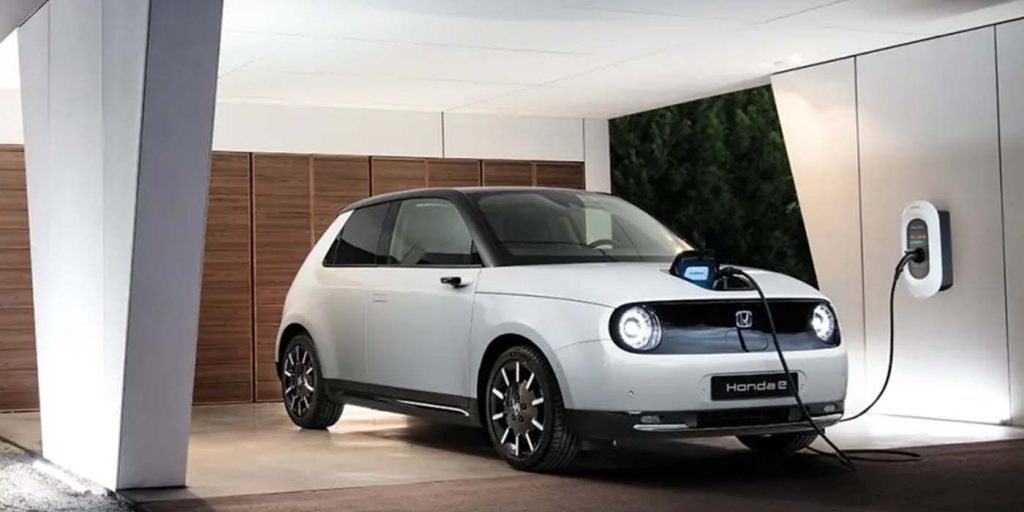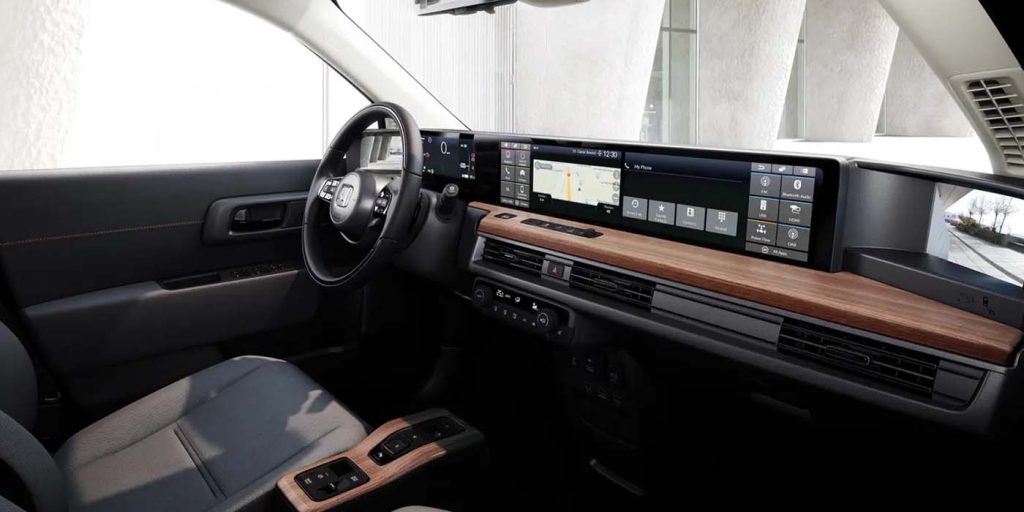
Honda has confirmed it is nixing sales of its E minicar in Europe after steering well short of its already modest sales targets during its first three years on the market. Honda appears to have missed the mark on this initial entry into EVs but looks to learn from the experience as it looks toward a more electrified future.
When you think of the Honda brand, EVs likely aren’t the first technology that comes to mind. You’re probably thinking “Civic” or “CR-V” and that’s fair – those combustion models have one helluva reputation for being affordable, dependable cars.
However, Honda has long been in the camp of Japanese automakers that view commitments to all-electric lineups with skepticism and reluctance. That being said, the 75-year-old automaker has strayed farther from that attitude and quickly embraced electrification – but it’s still playing catchup.
While Honda now has several EVs in the pipeline and has collaborated with other OEMs to establish local charging networks, the Honda E hatchback has been the automaker’s only all-electric offering in Europe for a while.
Furthermore, its European sales flop should offer a lesson for Honda as it moves forward with EVs – this isn’t 2014 anymore. Consumers understand range versus price and are much more savvy about what they need out of their EVs daily.
Honda shuts the book on E minicar sales in Europe
In an email to Automotive News Europe, Honda confirmed it is ending all sales of the “e” minicar on the continent – putting a bookend on a short lifespan of an EV that was expected to fare much better.
Honda set the bar relatively low for its first all-electric option in Europe, targeting 10,000 units of annual sales following the minicar’s 2020 debut. According to Dataforce, the automaker only sold 3,436 Honda Es in 2021 and 2,110 in 2022. We have yet to see 2023 numbers, but we’d anticipate they are the same, if not lower, given today’s news.
Consumers in Europe may not have flocked to the Honda E as much as its creators would have liked because of its “bang for your buck” or, in this case, “range for your change.” When the Honda E was initially announced in 2019, the automaker said its base model would start around 29,470 euros ($31,750).
However, prices quickly rose to 33,850 euros ($36,480) before Honda nixed the base model, again upping the starting price to over 40,000 euros. That MSRP is still in the low to mid-range for current EV models, but remember, the Honda E is a compact hatchback with a 37.5 kWh battery pack that delivers a mere 220 km (138 miles) of range.
Ten years ago, if it were competing against the Nissan LEAF and Tesla Model S, it may have had a shot, but consumers have way too many other options these days – and those options deliver much better range and cargo space for the same price, some even lower.
While Honda is shuttering minicar sales in Europe, it has plenty of other EV models in the works to focus on – another reason for the halting of sales. Honda’s upcoming e:Ny1 SUV offers nearly double the range of the ill-fated hatchback for only a few thousand euros more and could soon be joined by other models like the Prologue, two-door Prelude, and possibly more as it tries to remain competitive in Europe.
FTC: We use income earning auto affiliate links. More.

